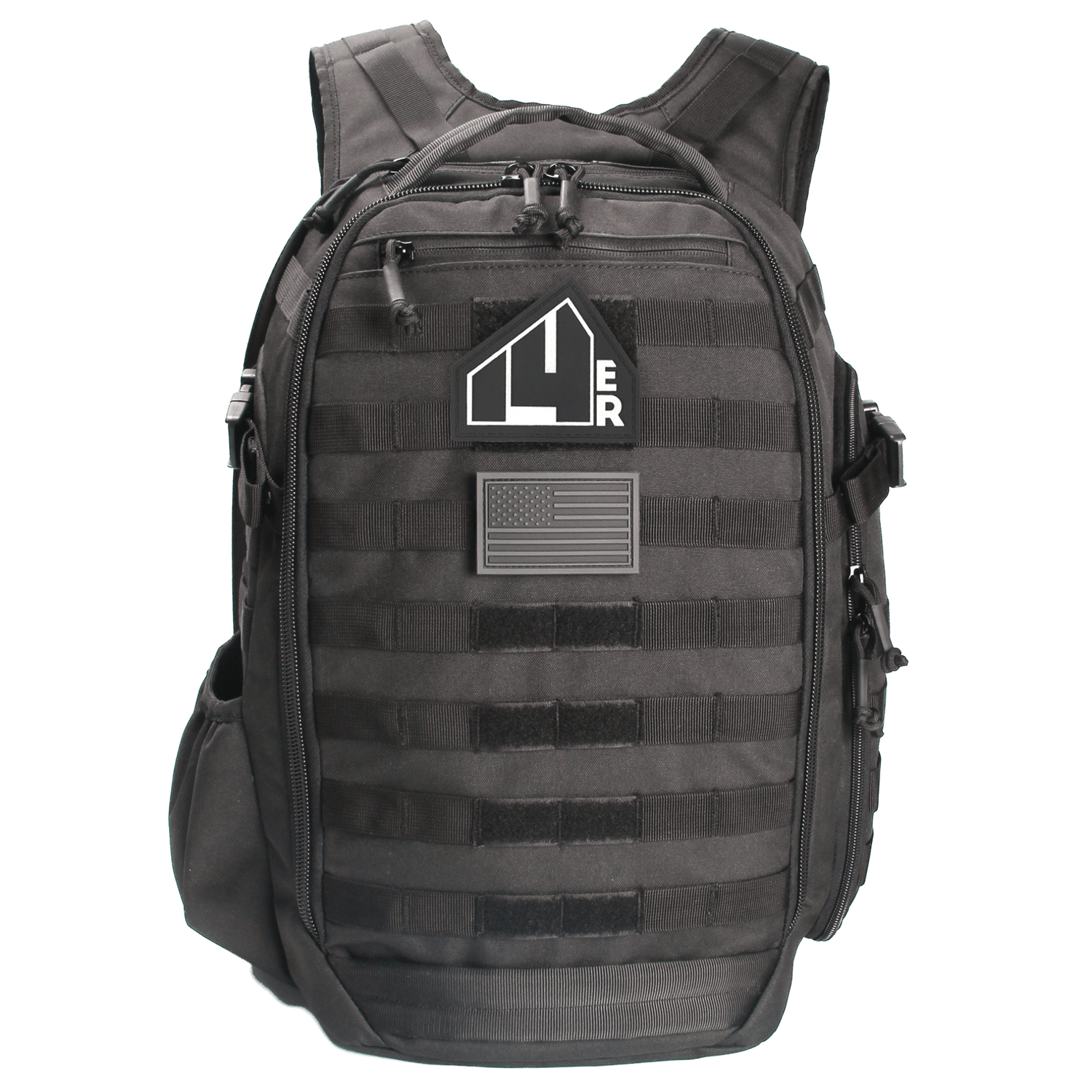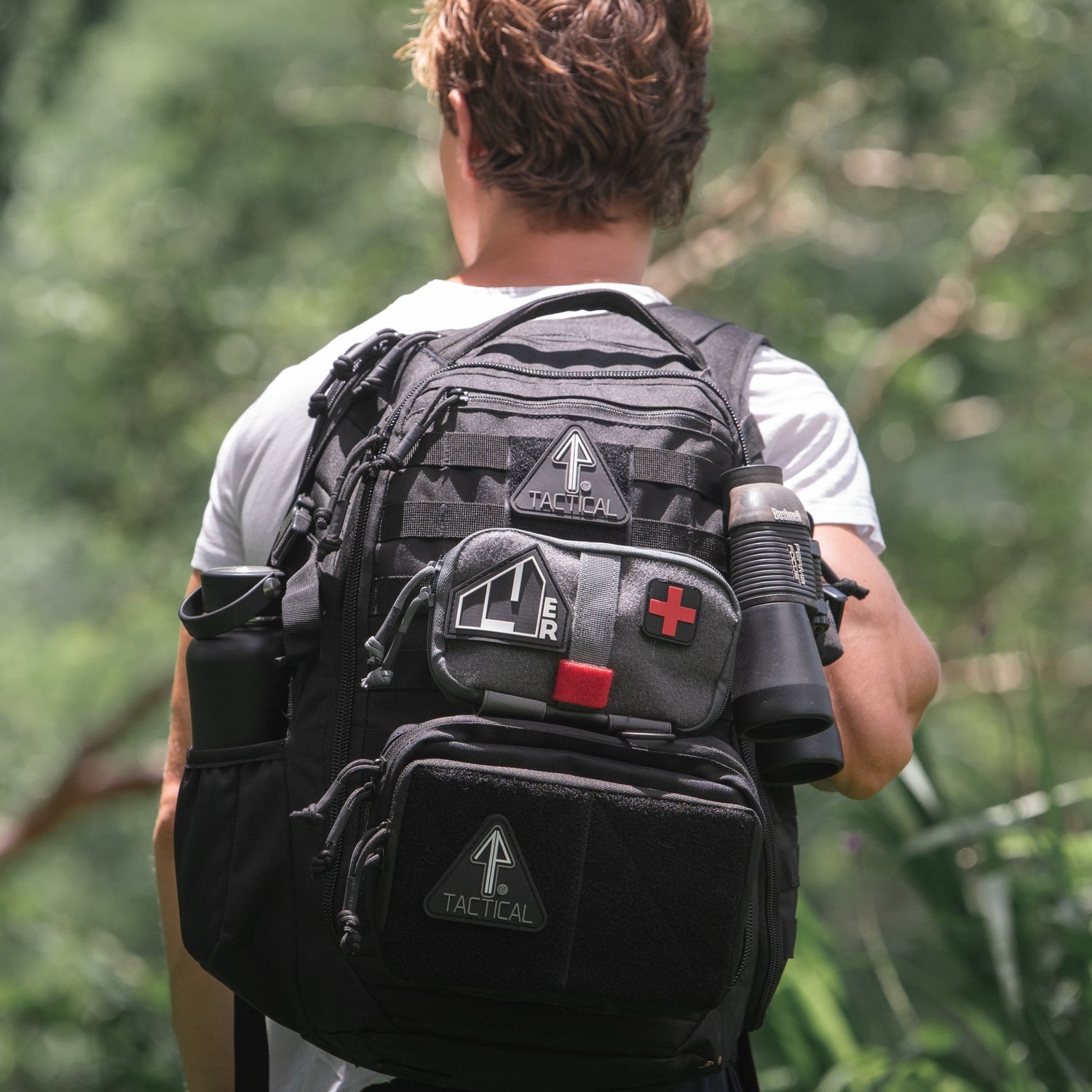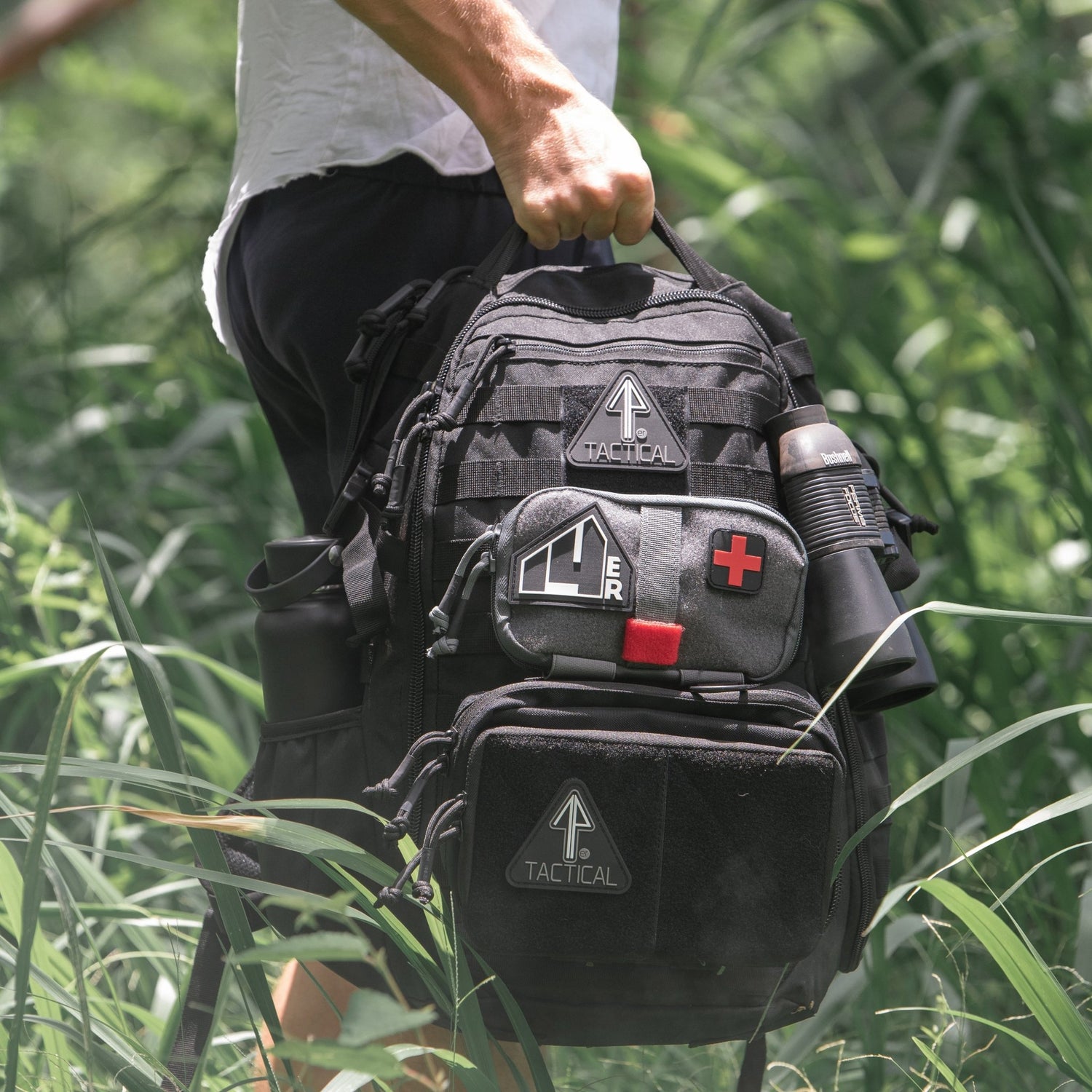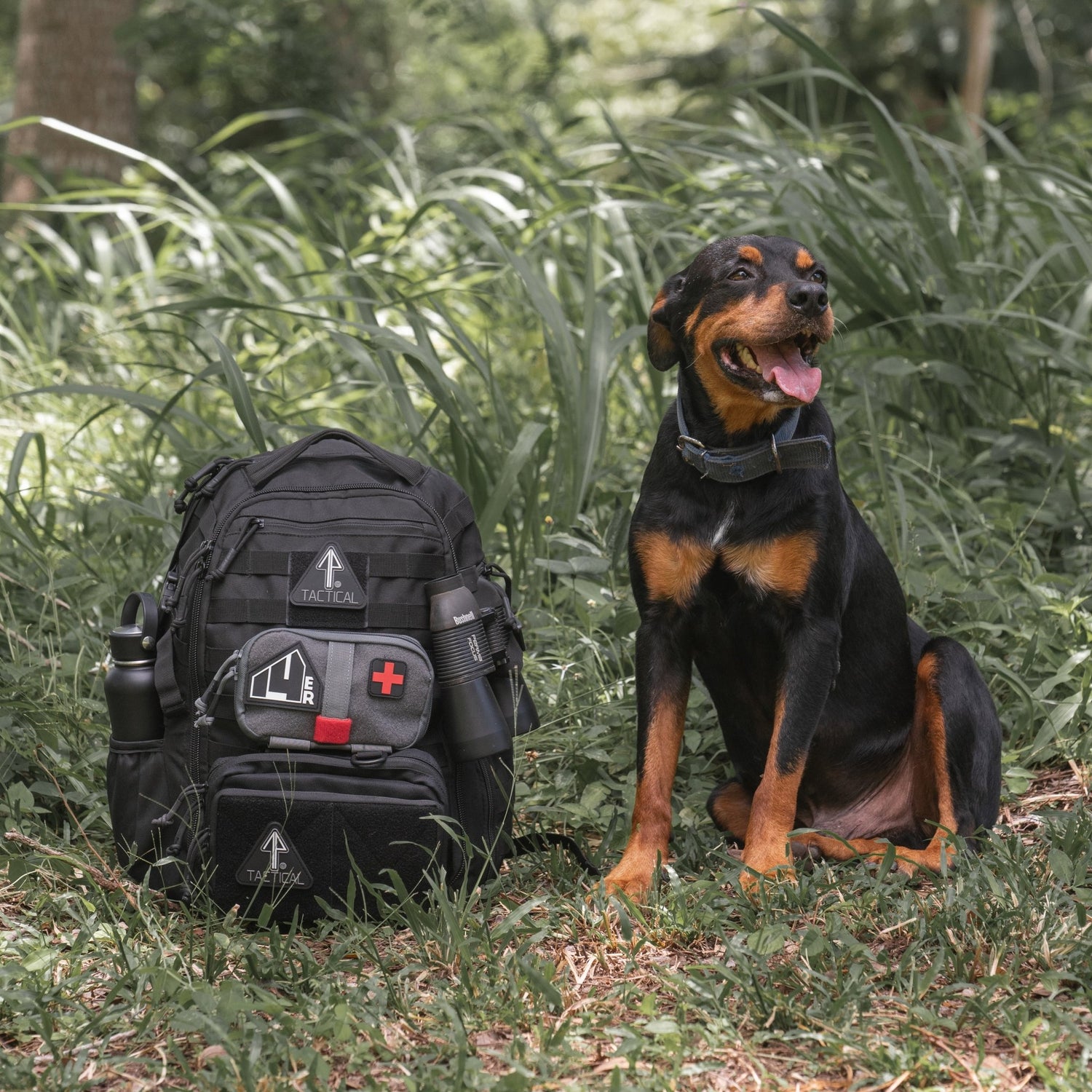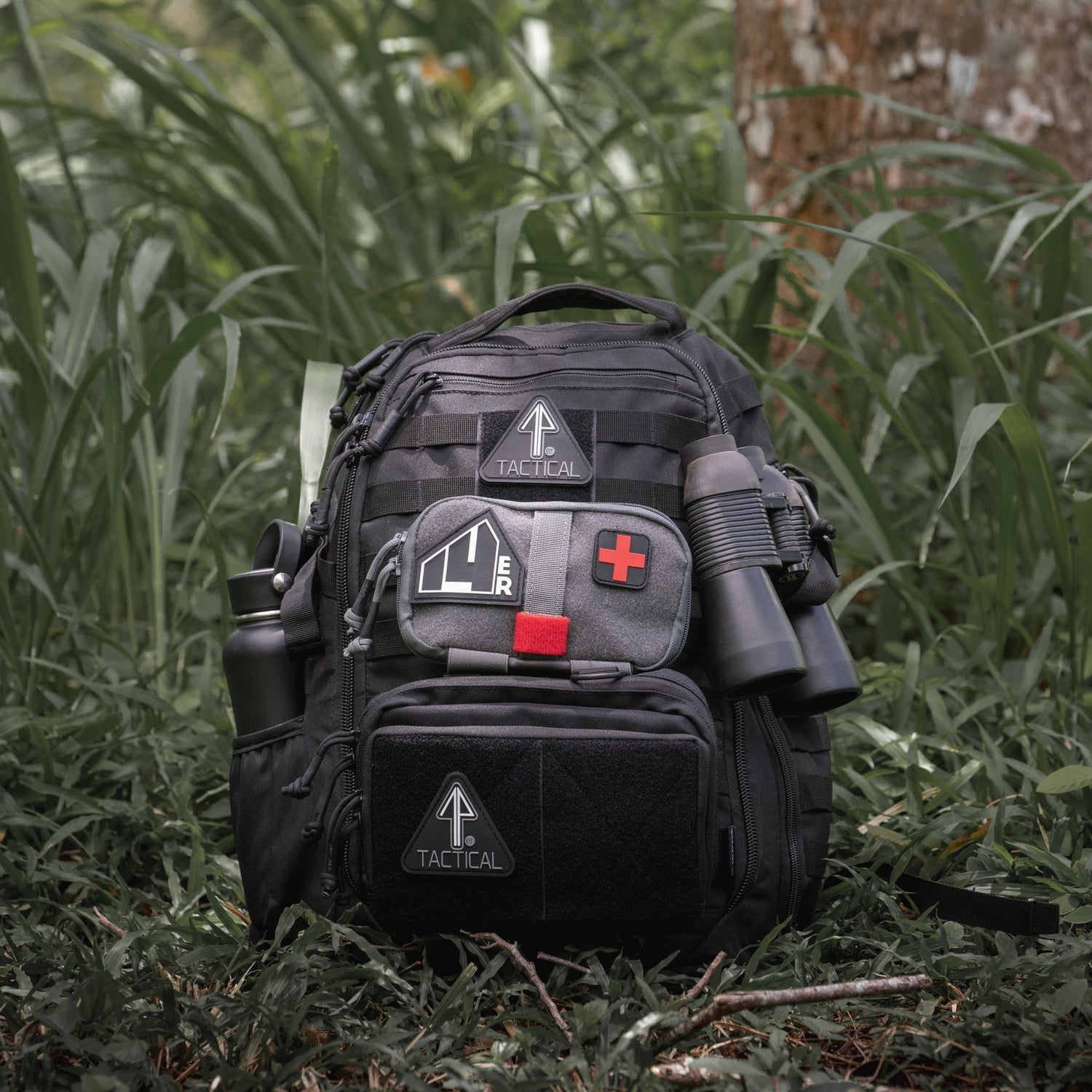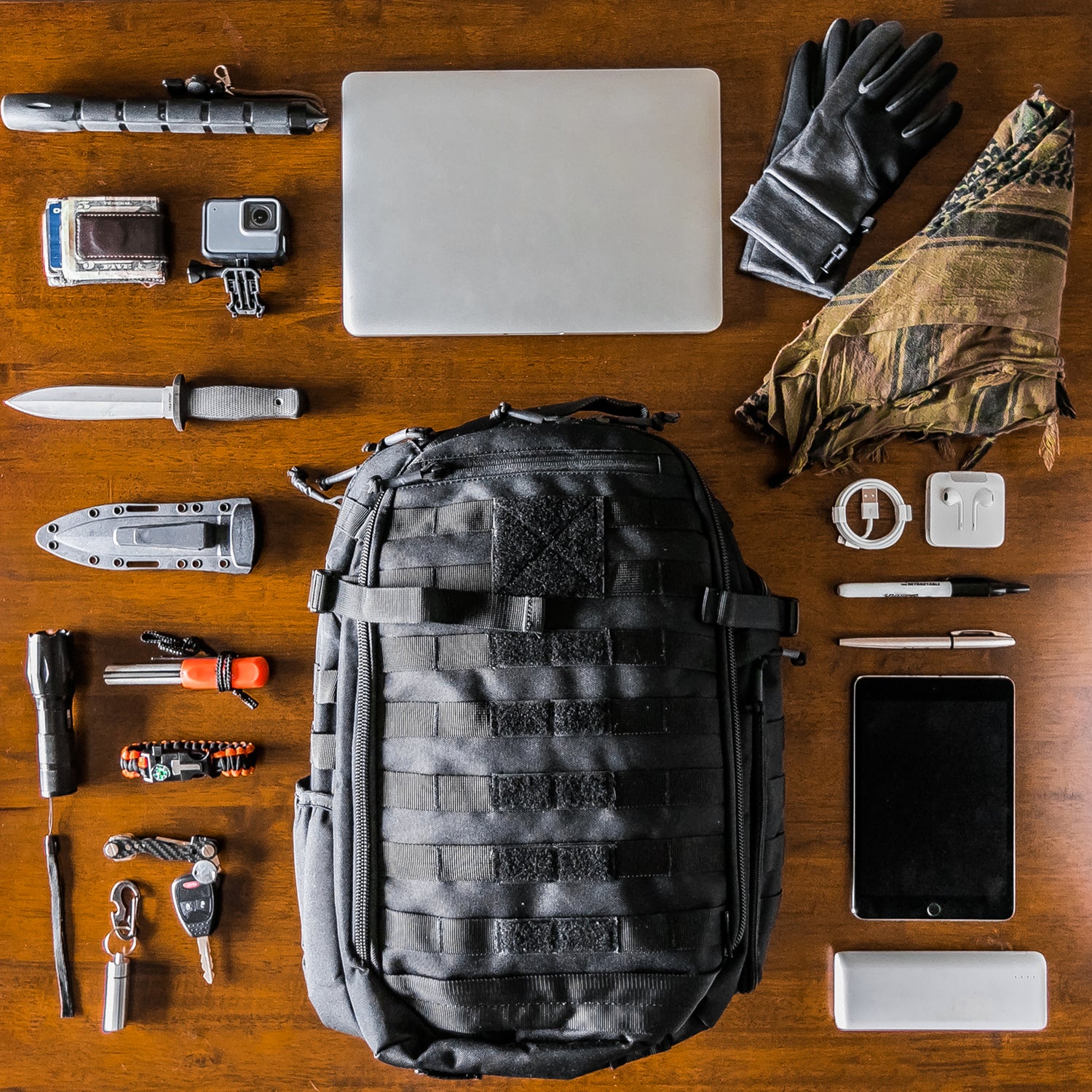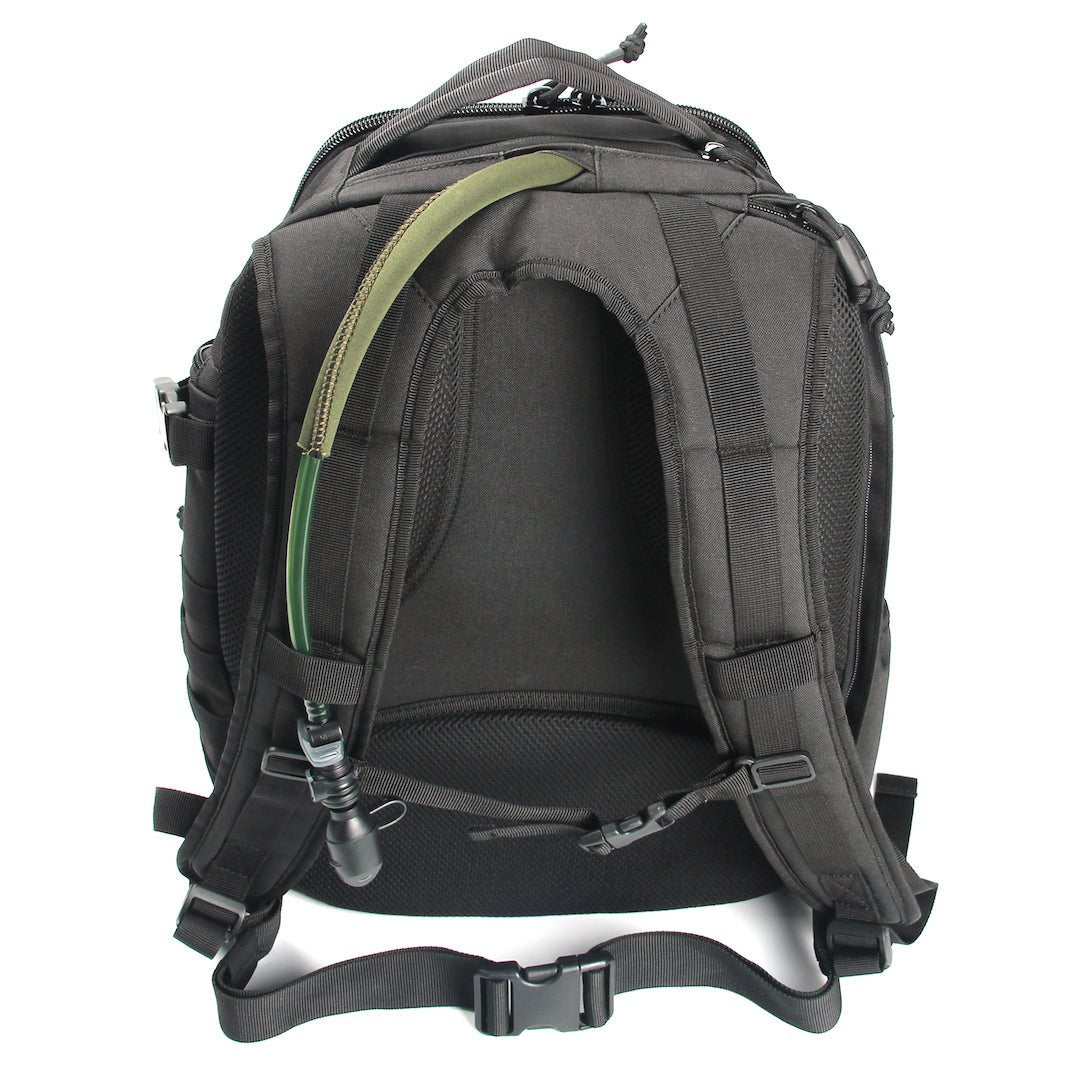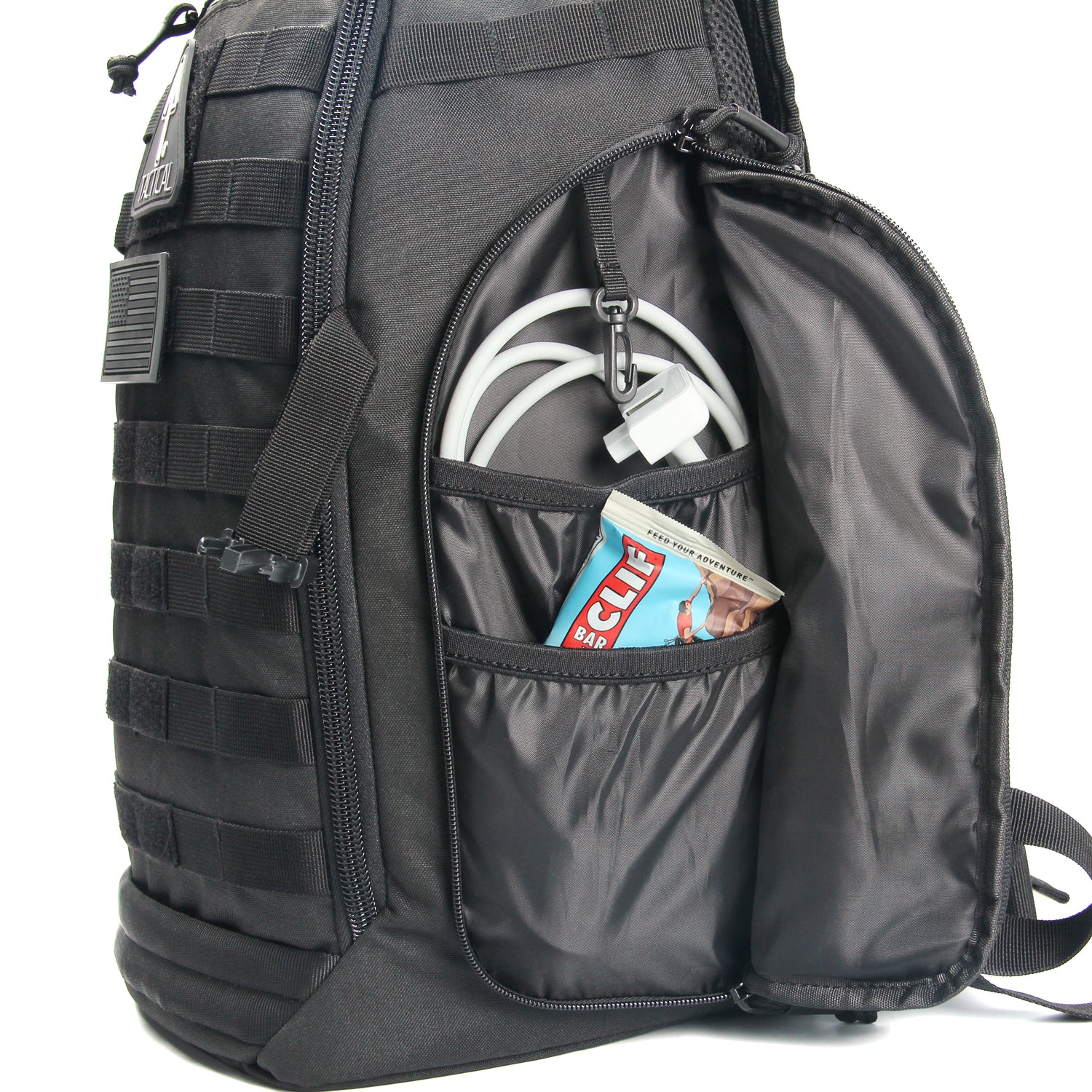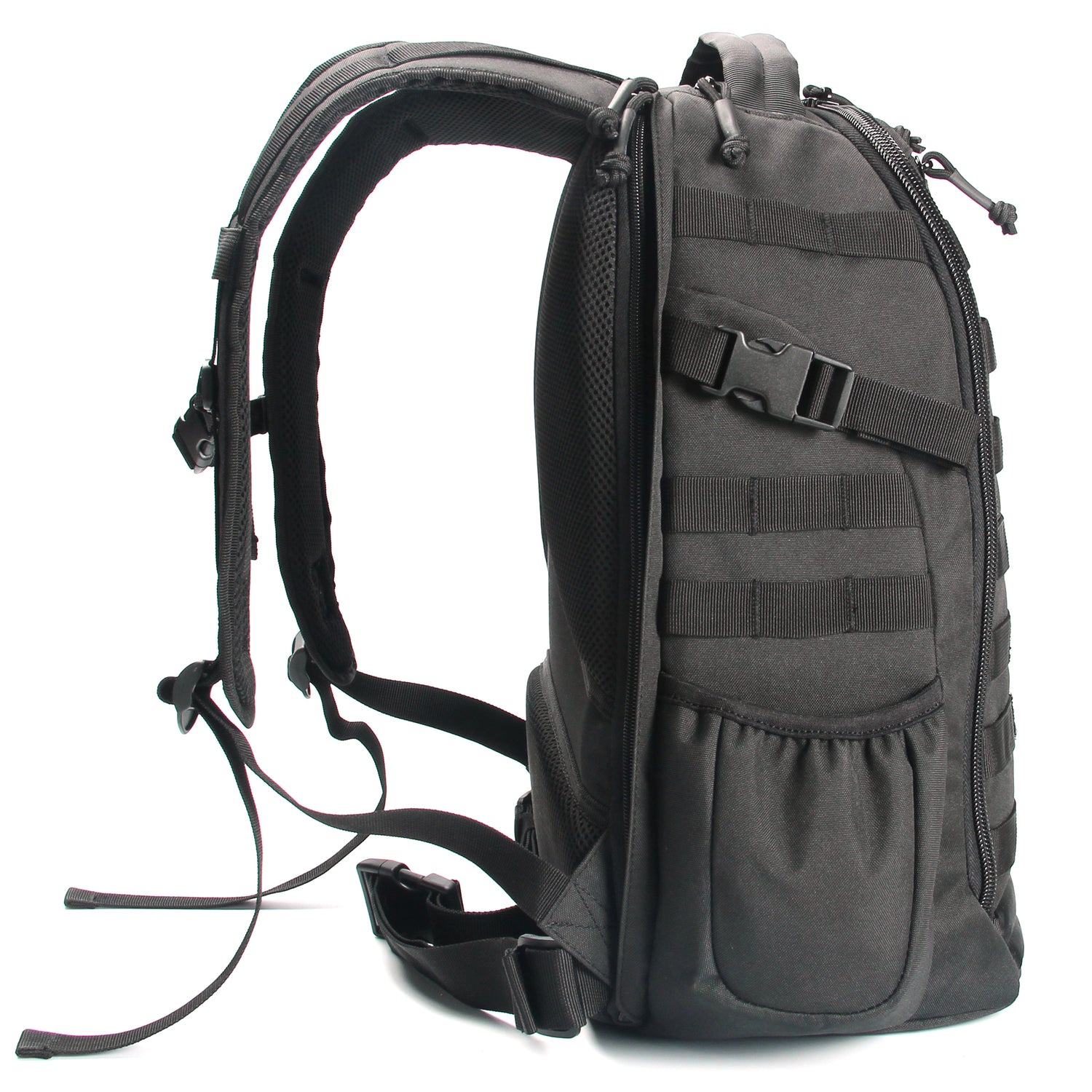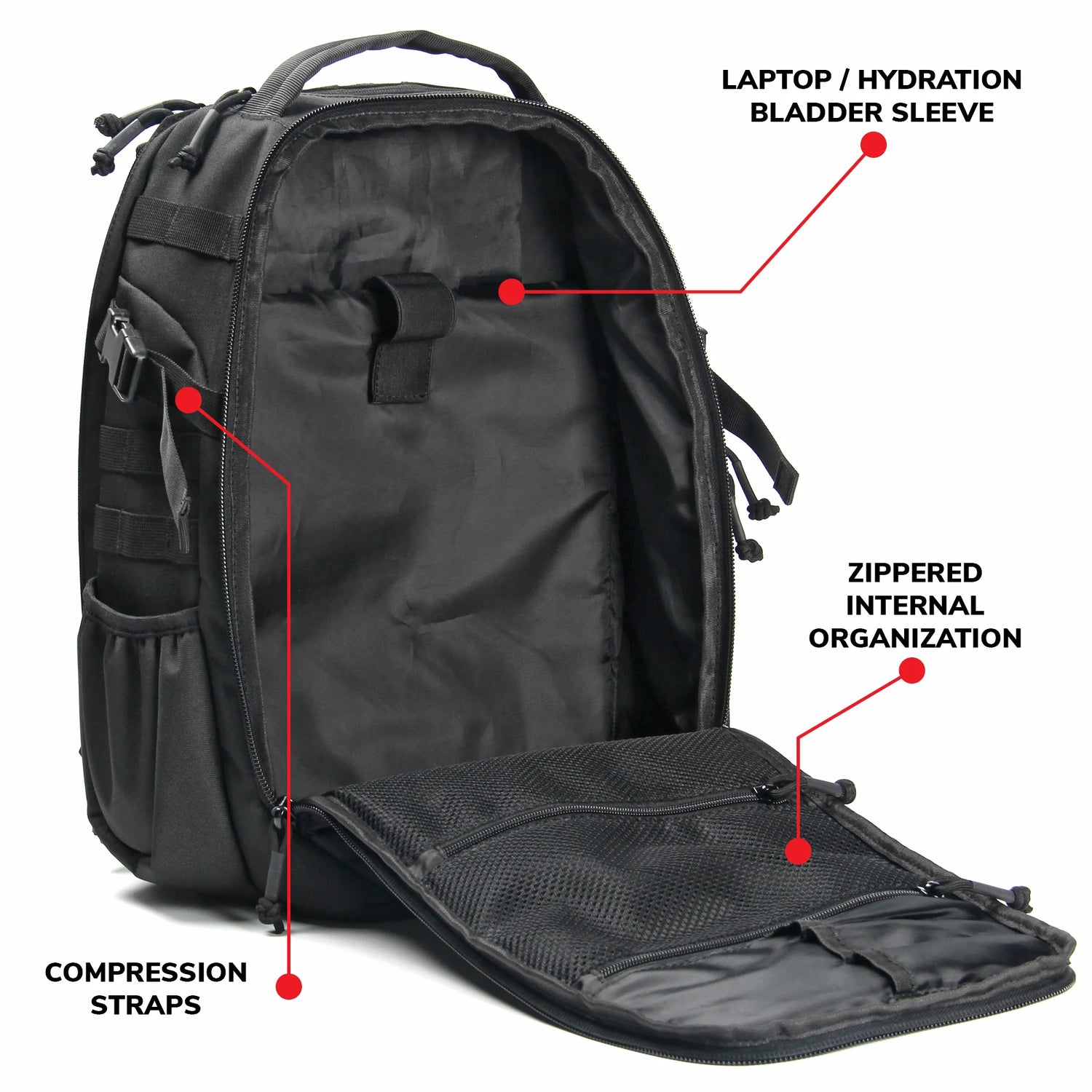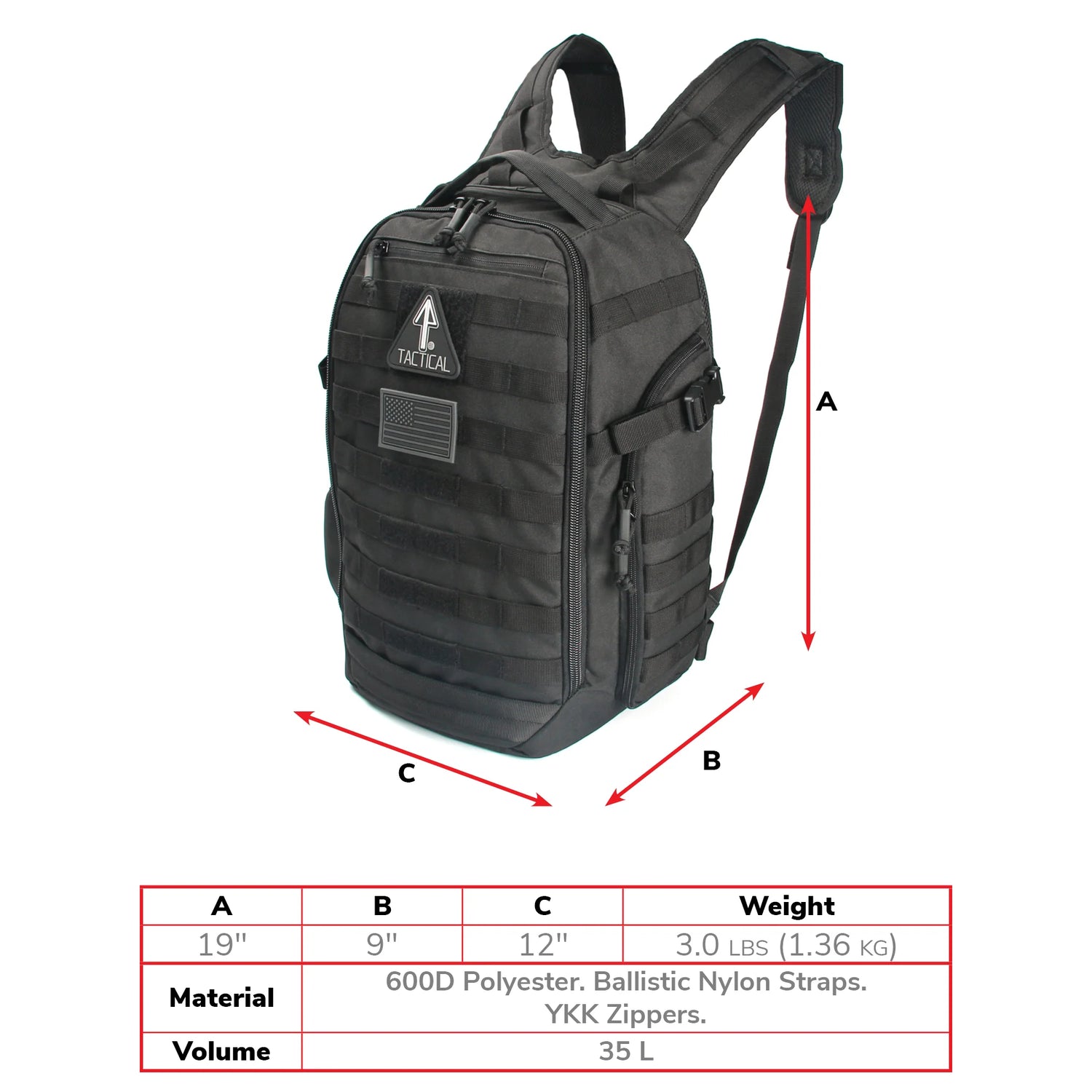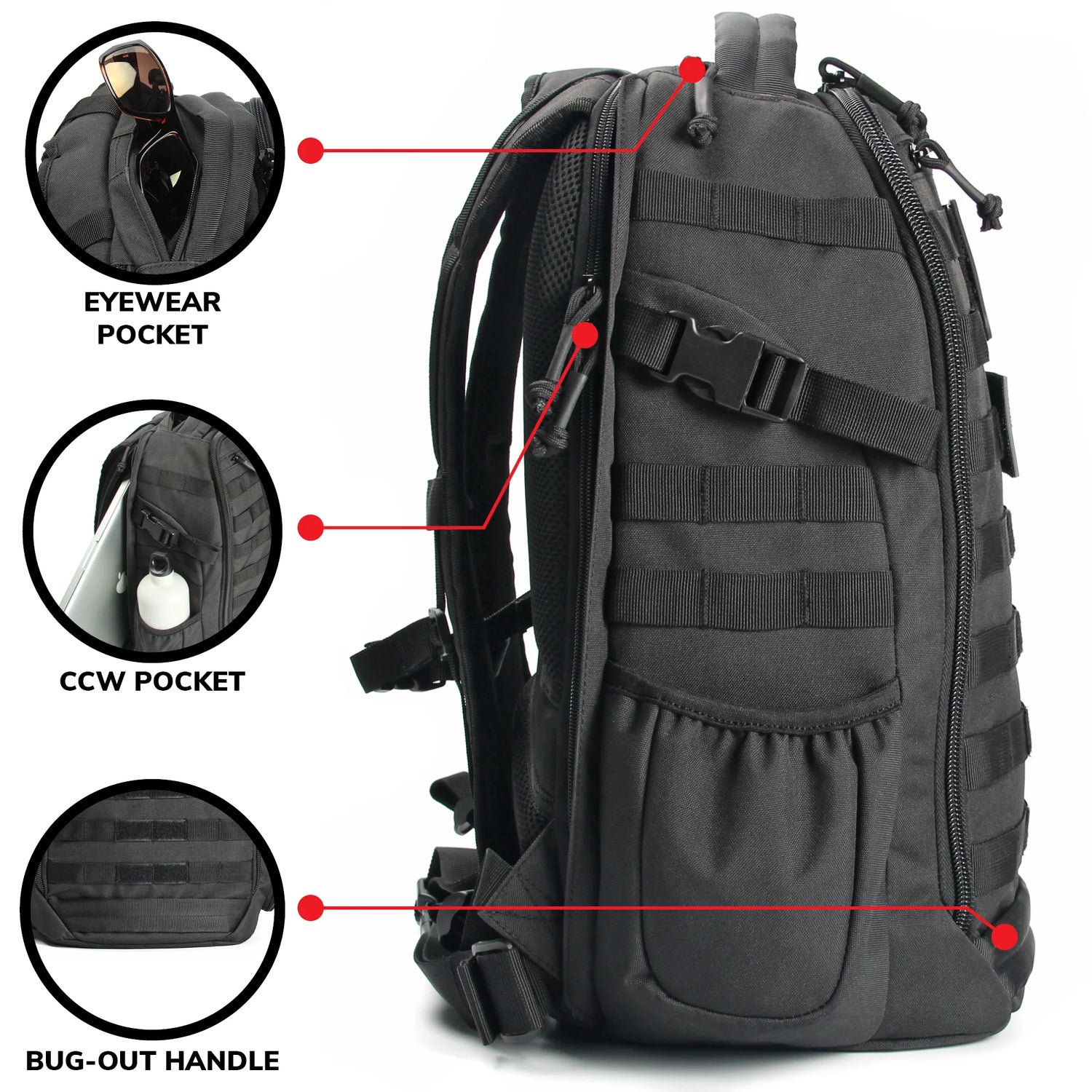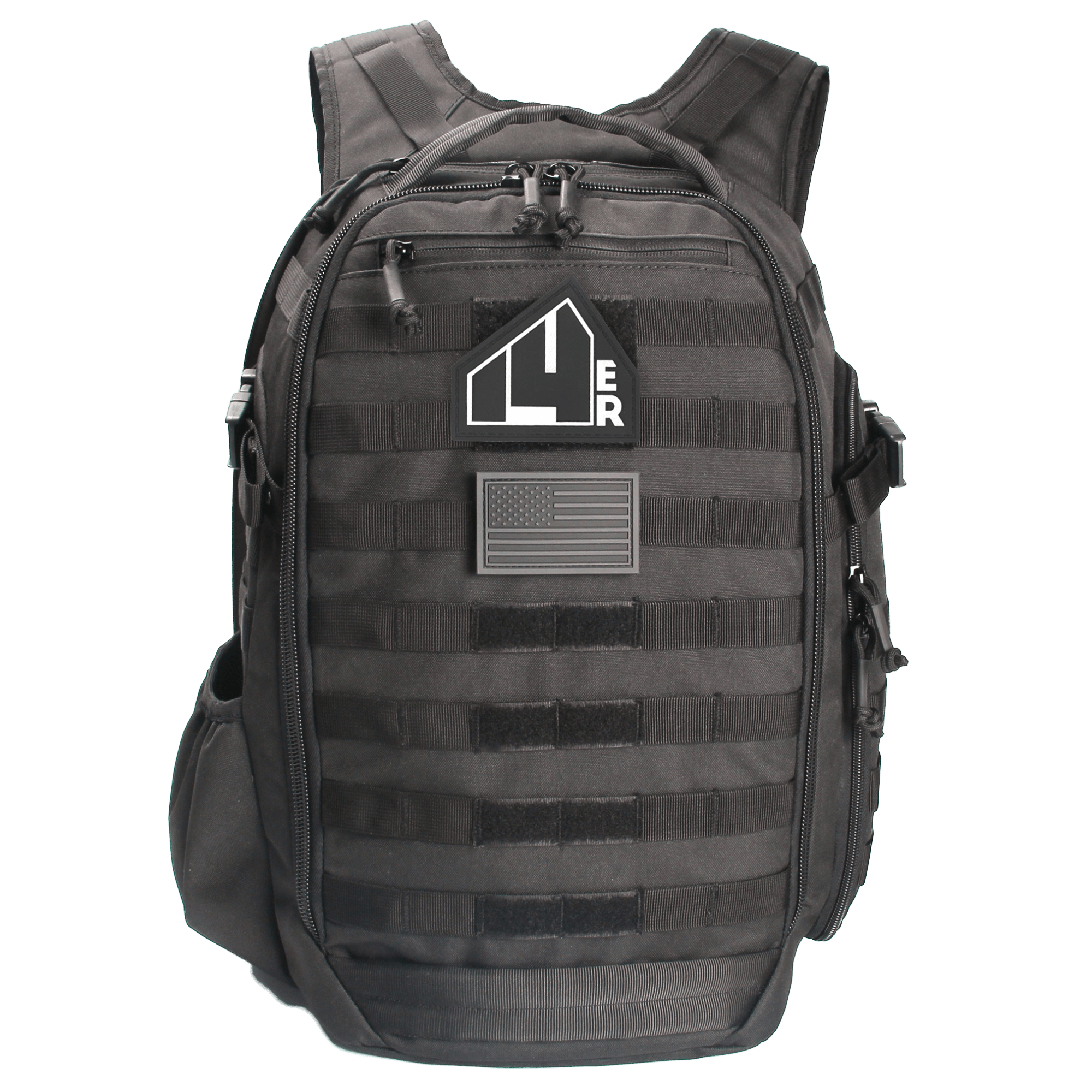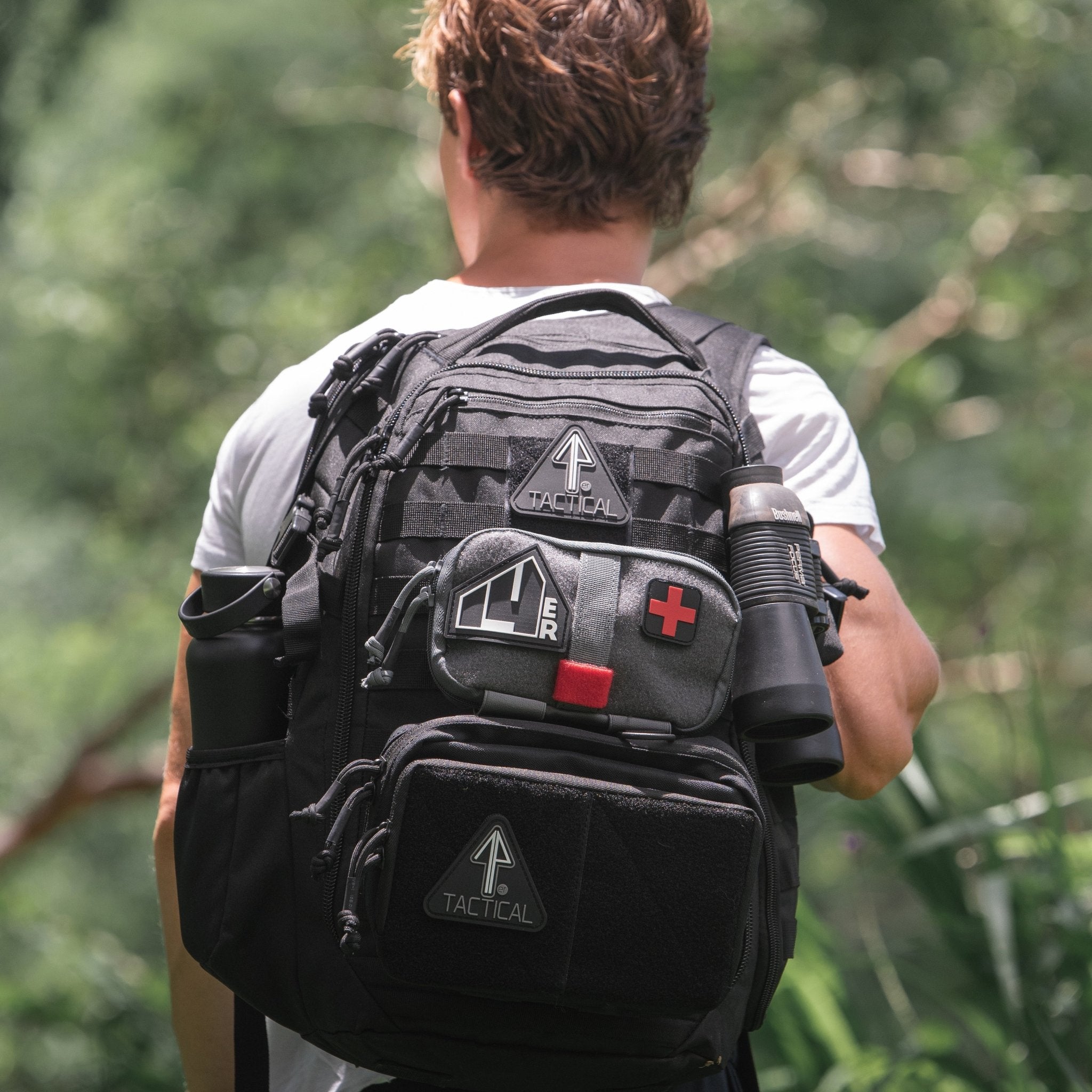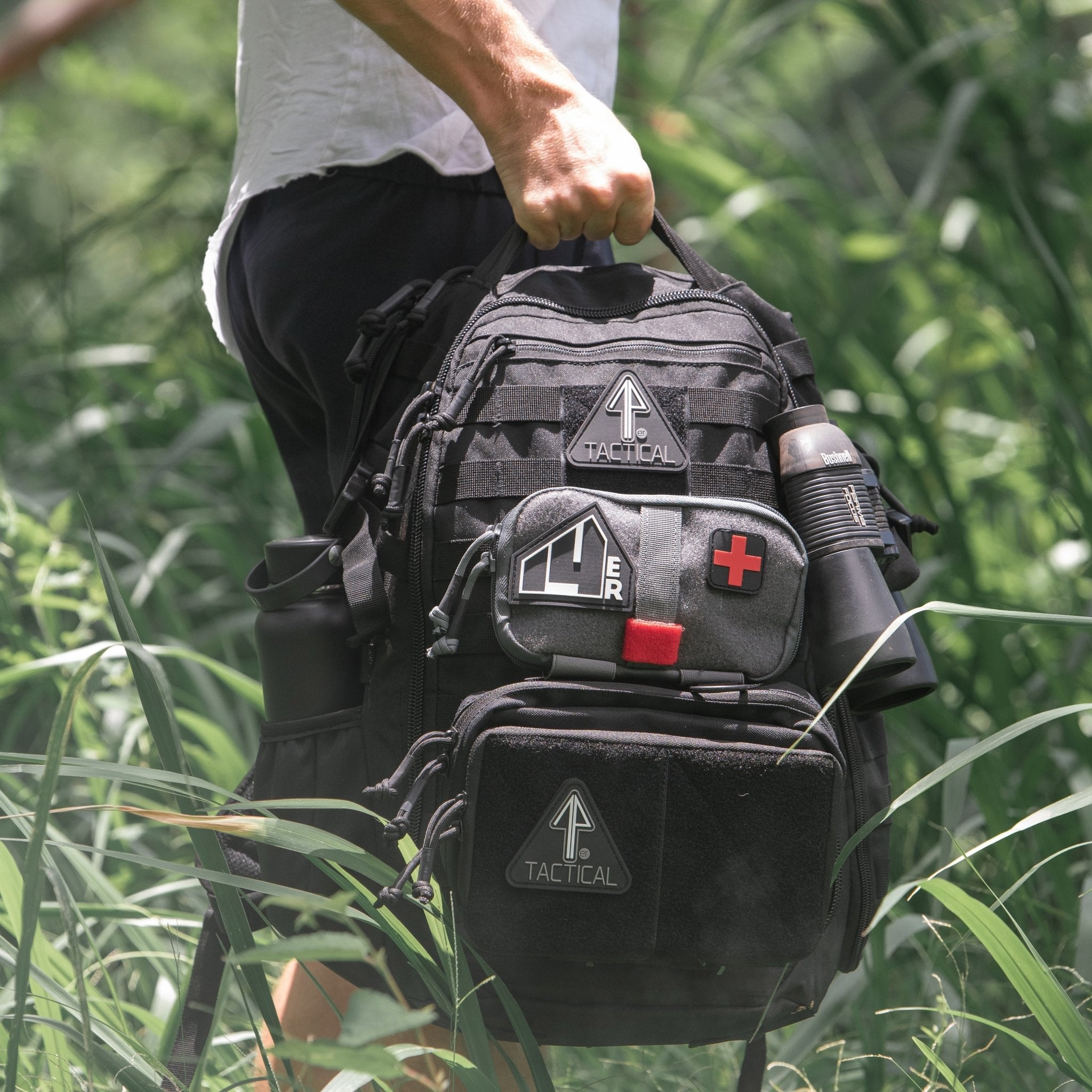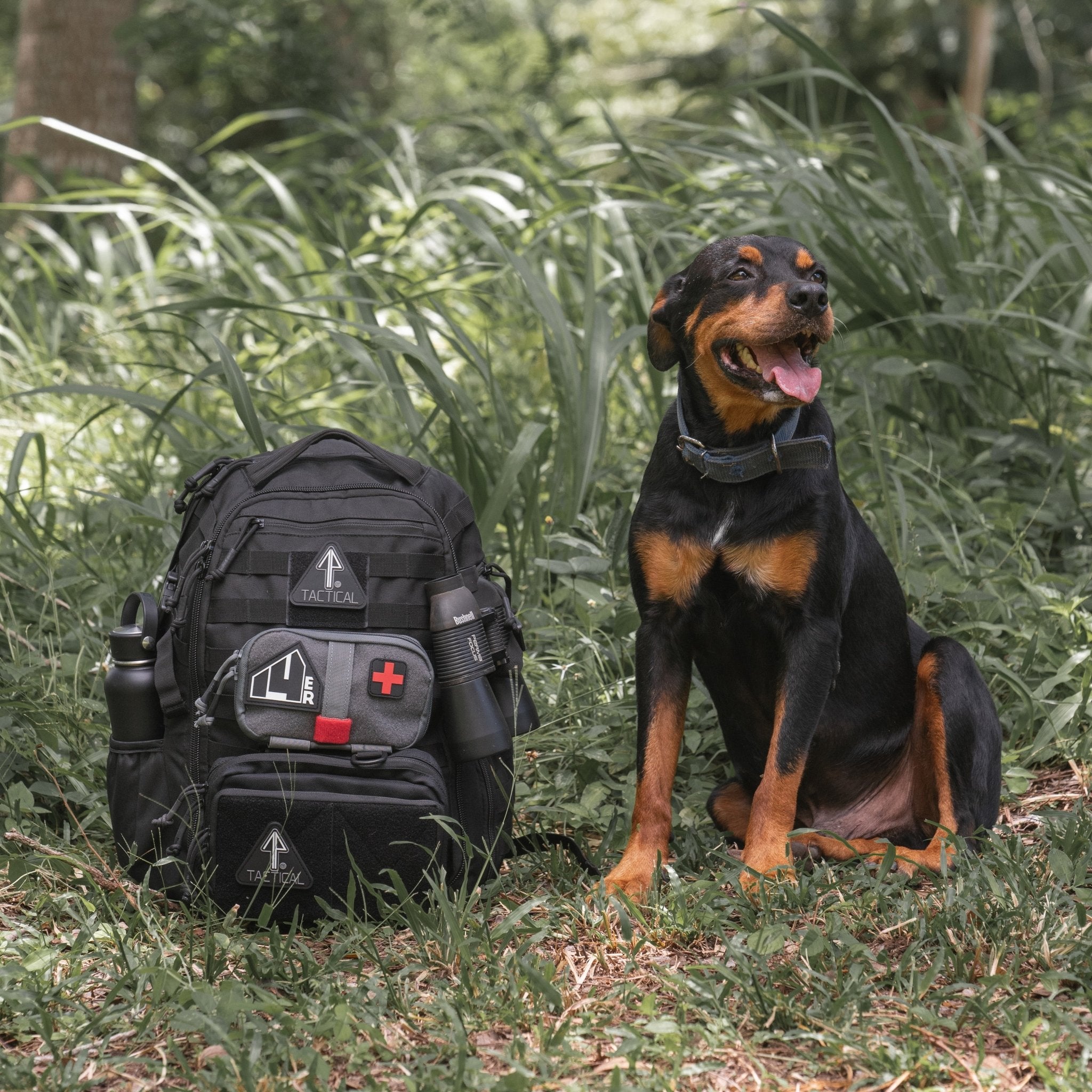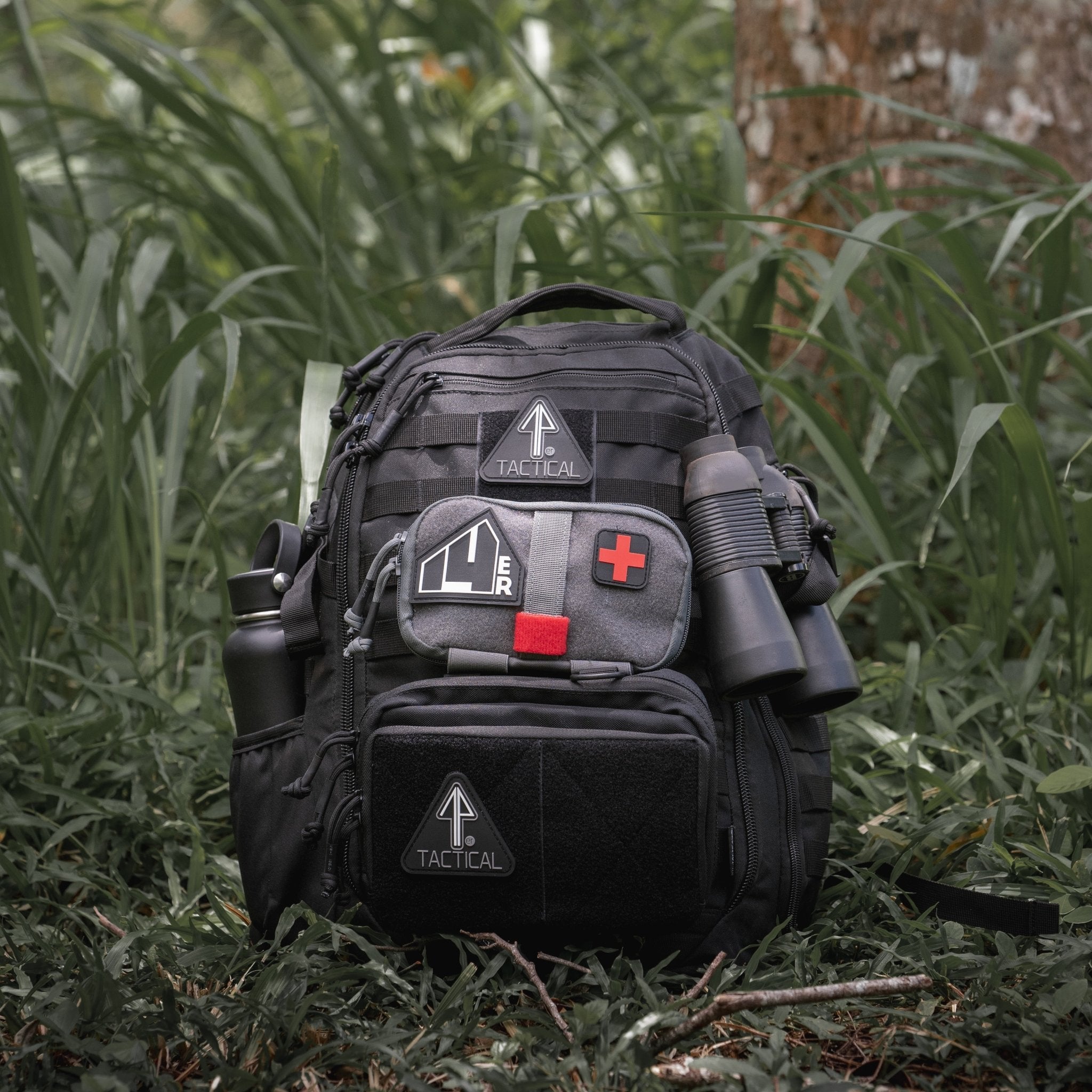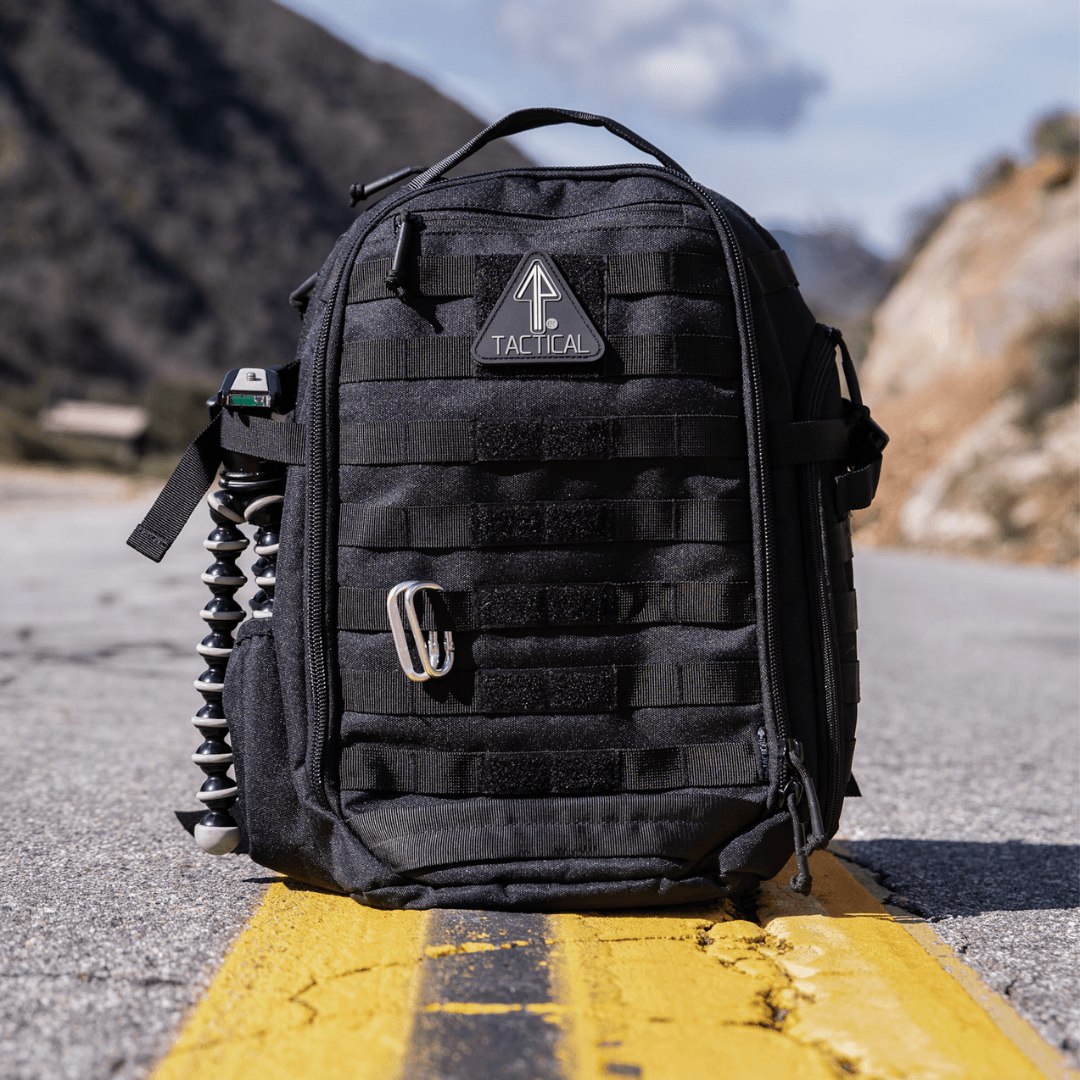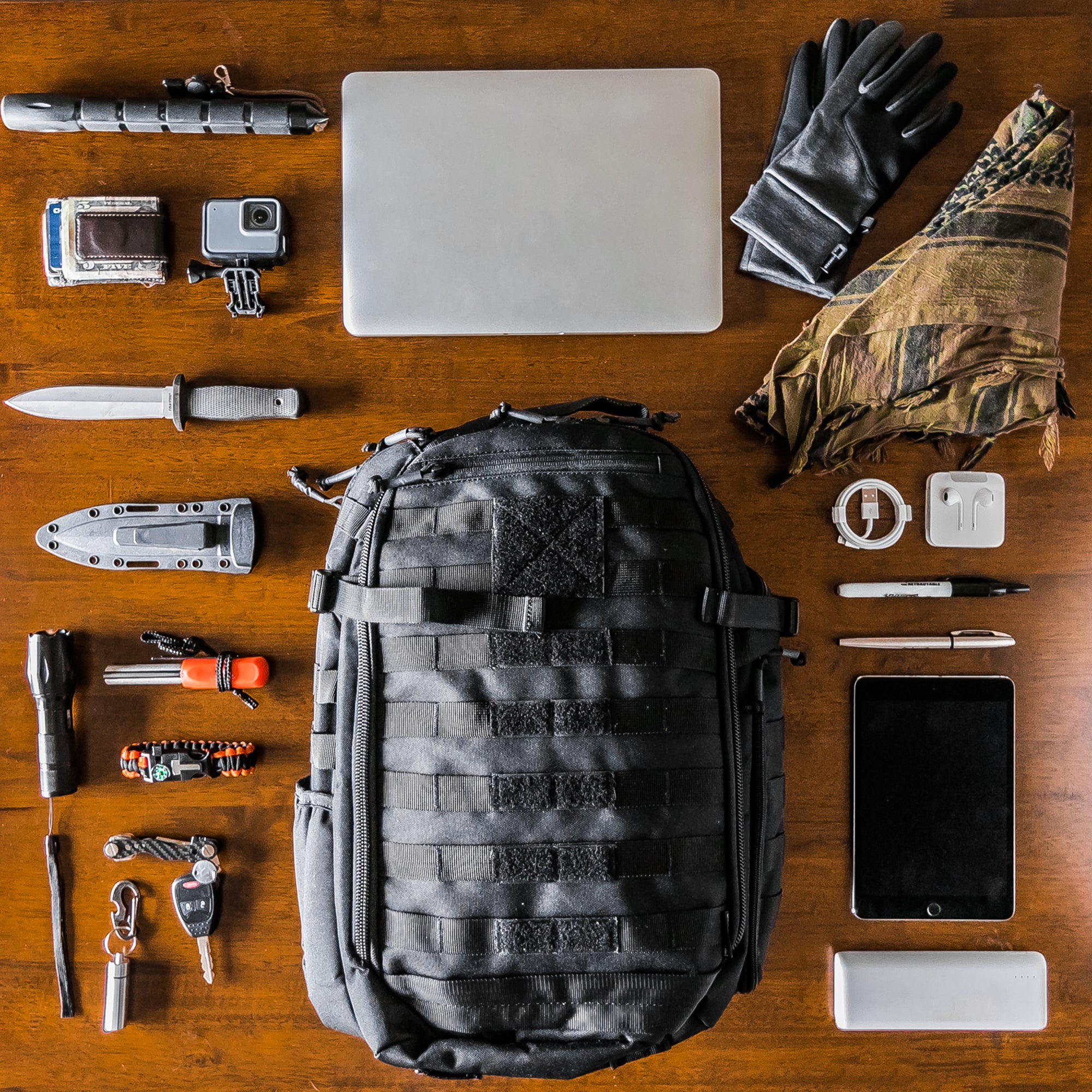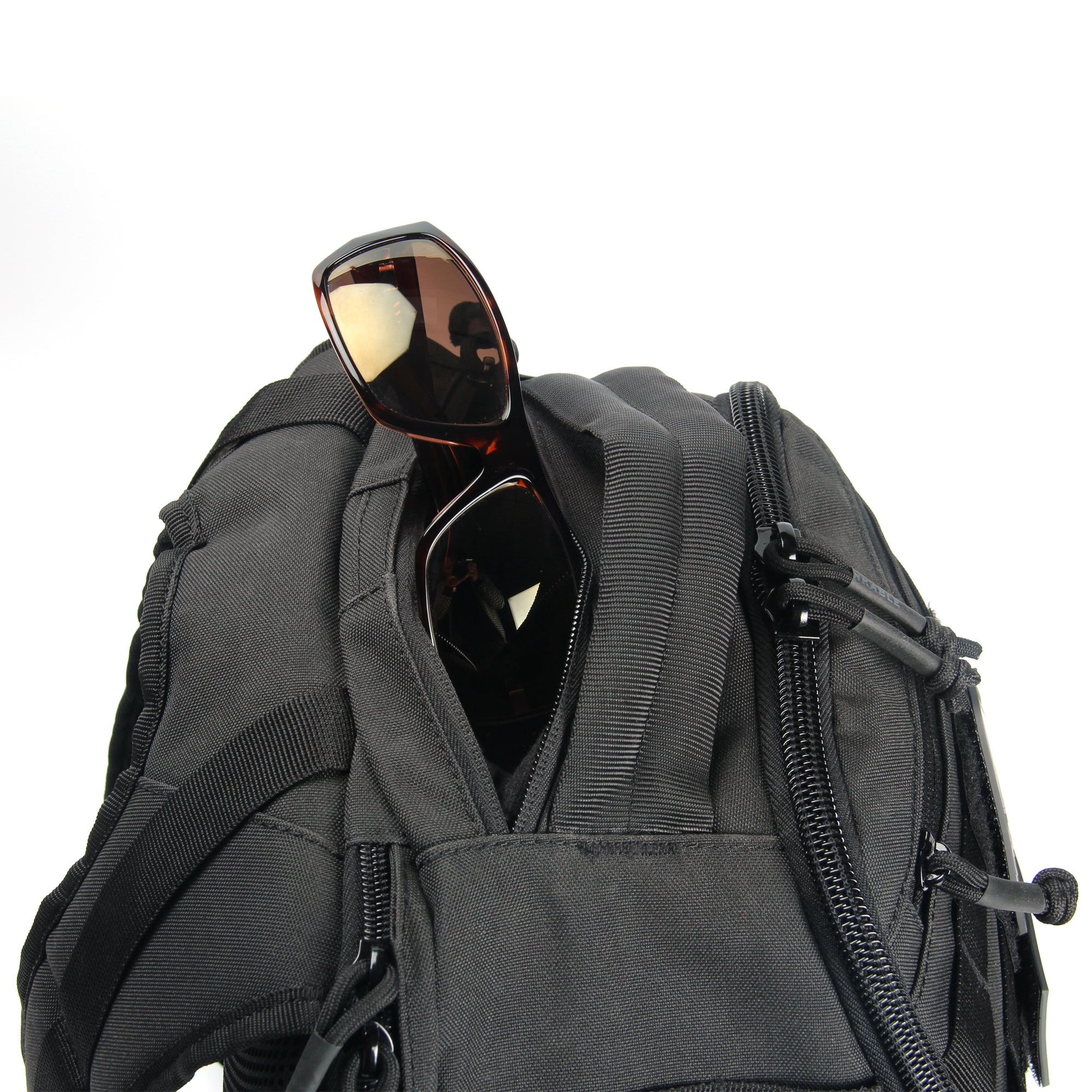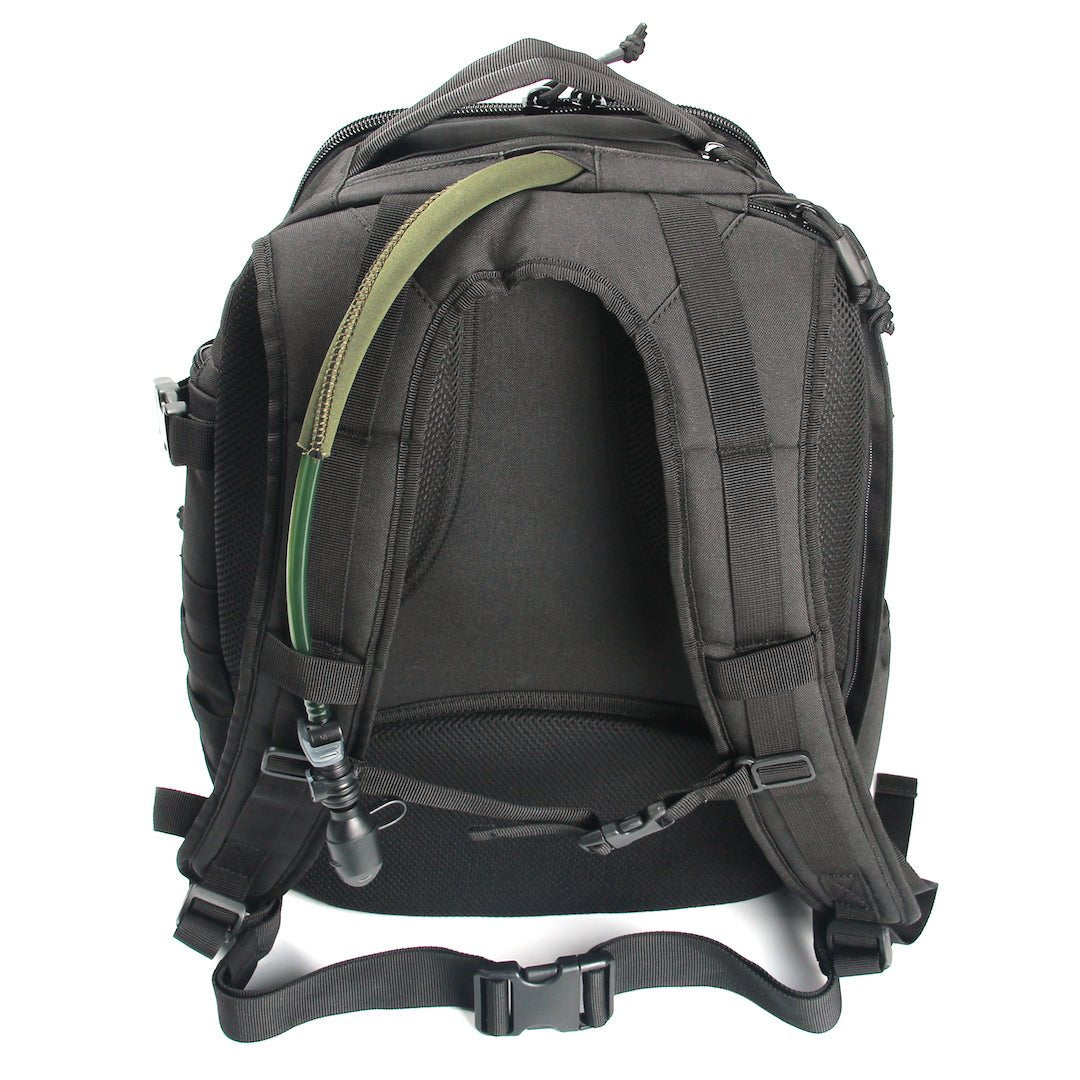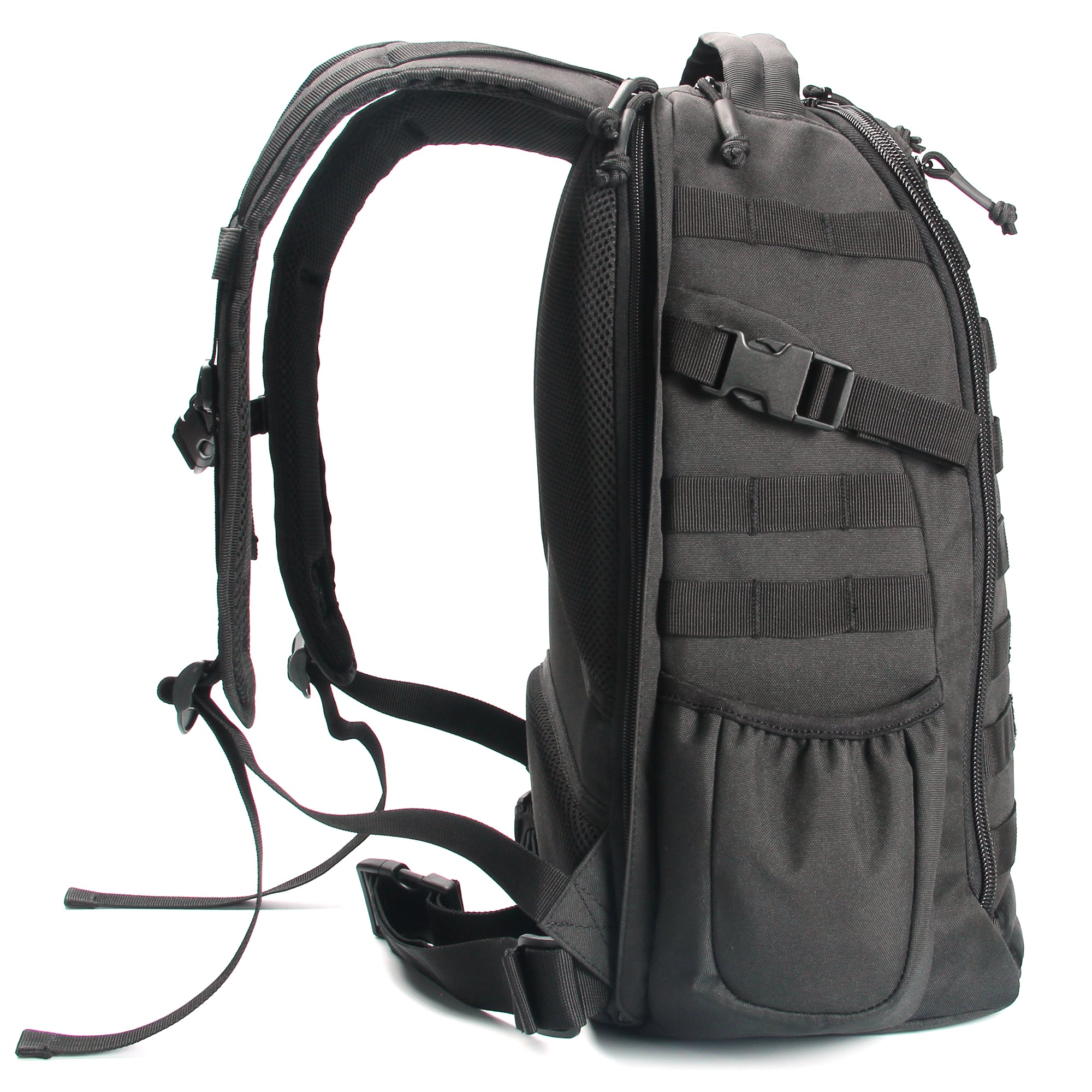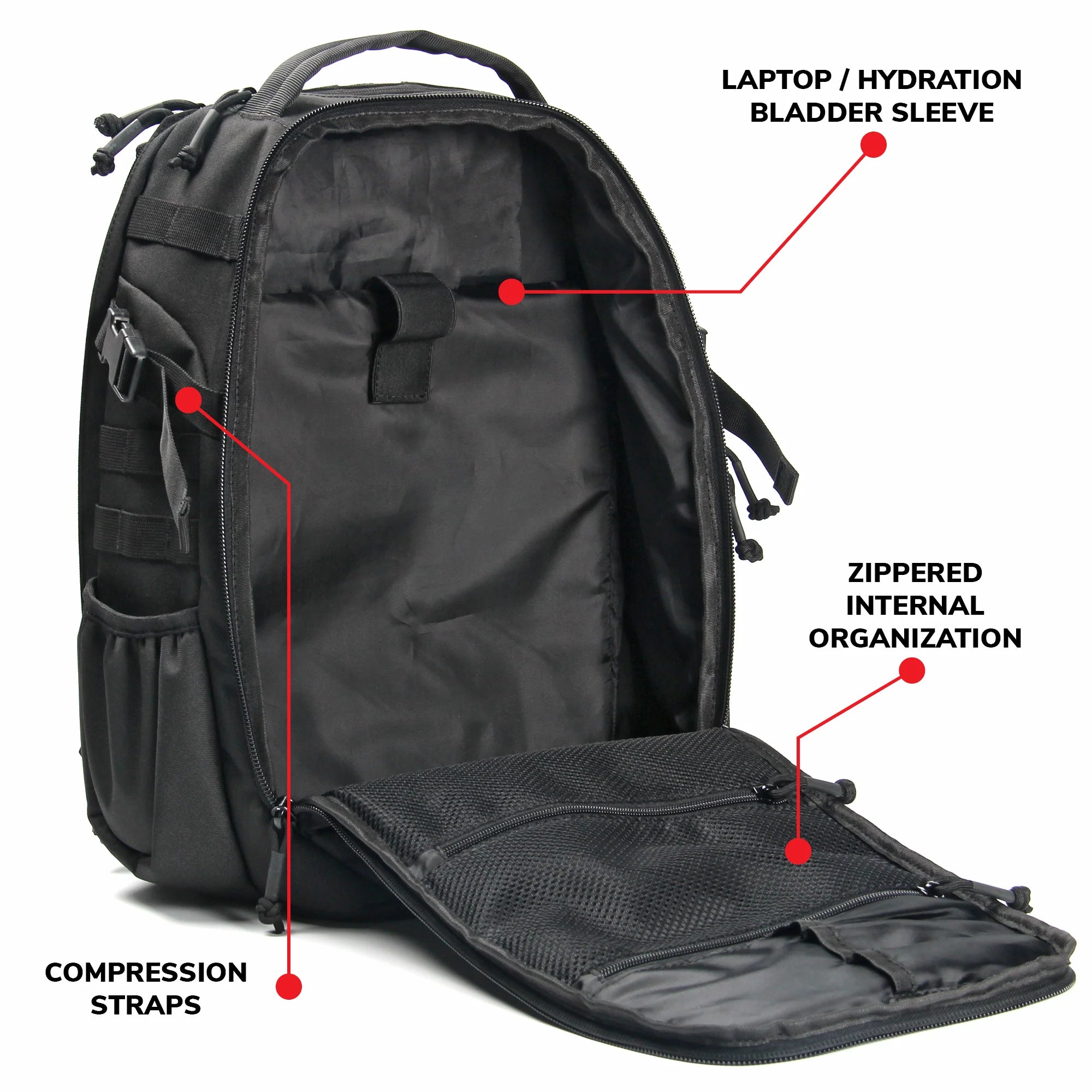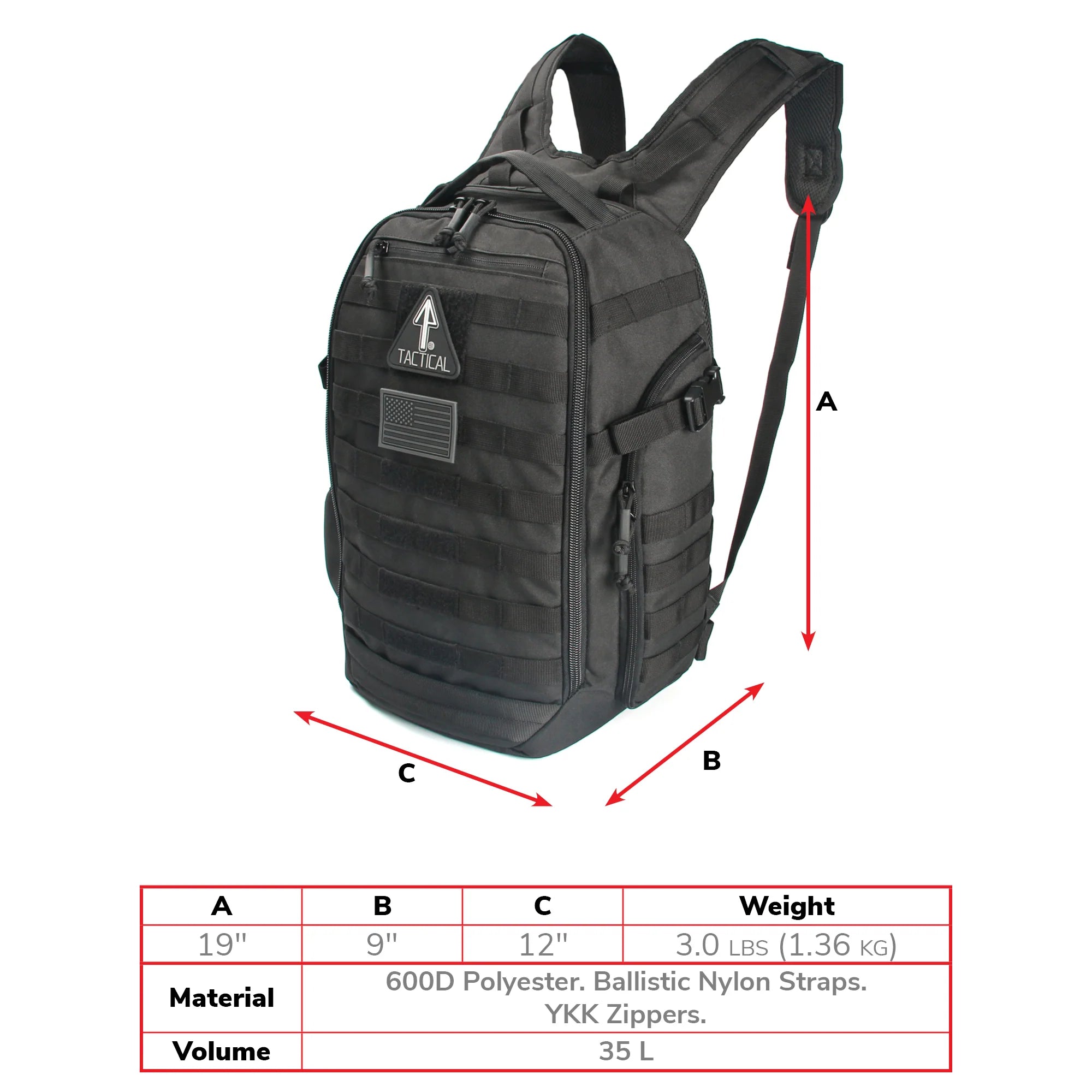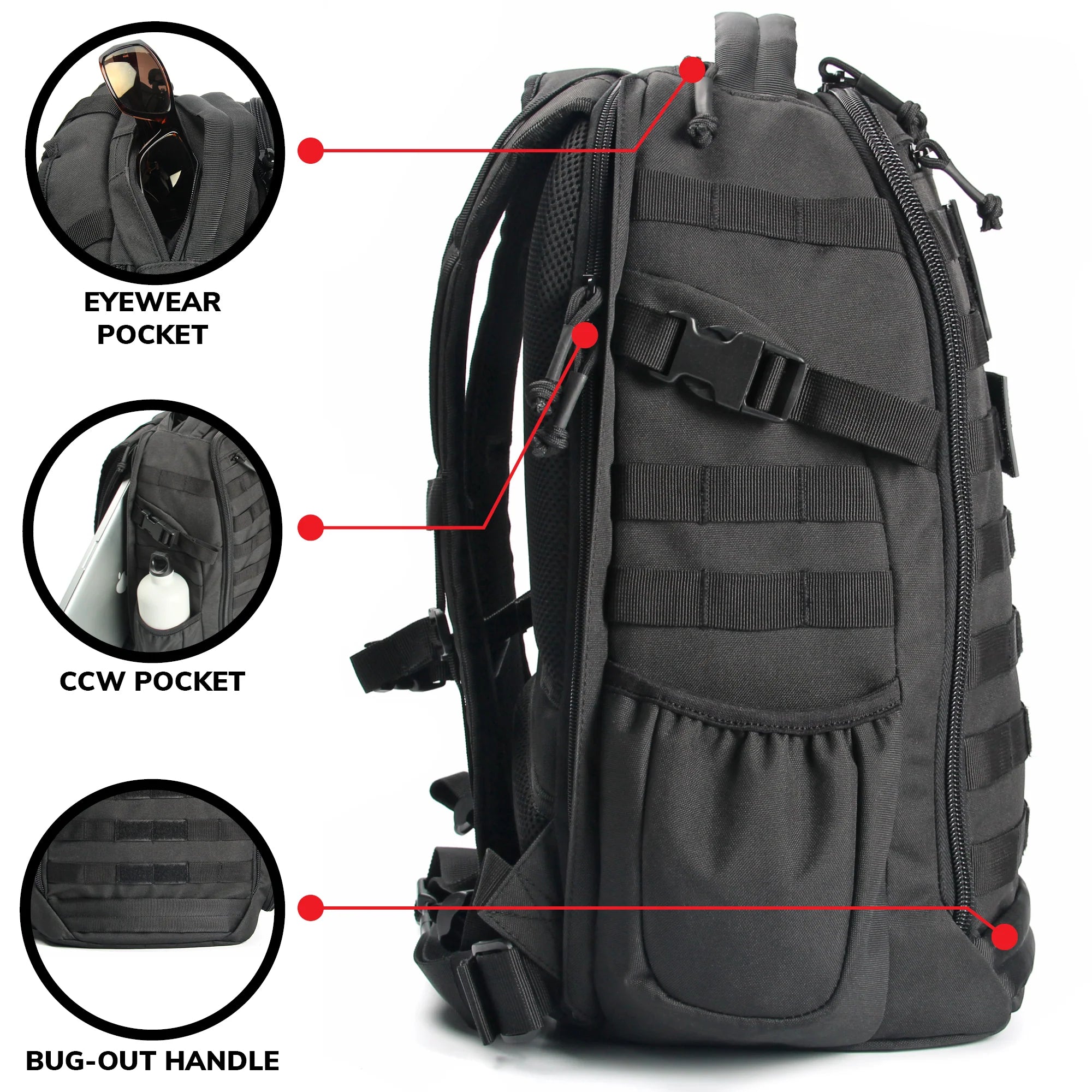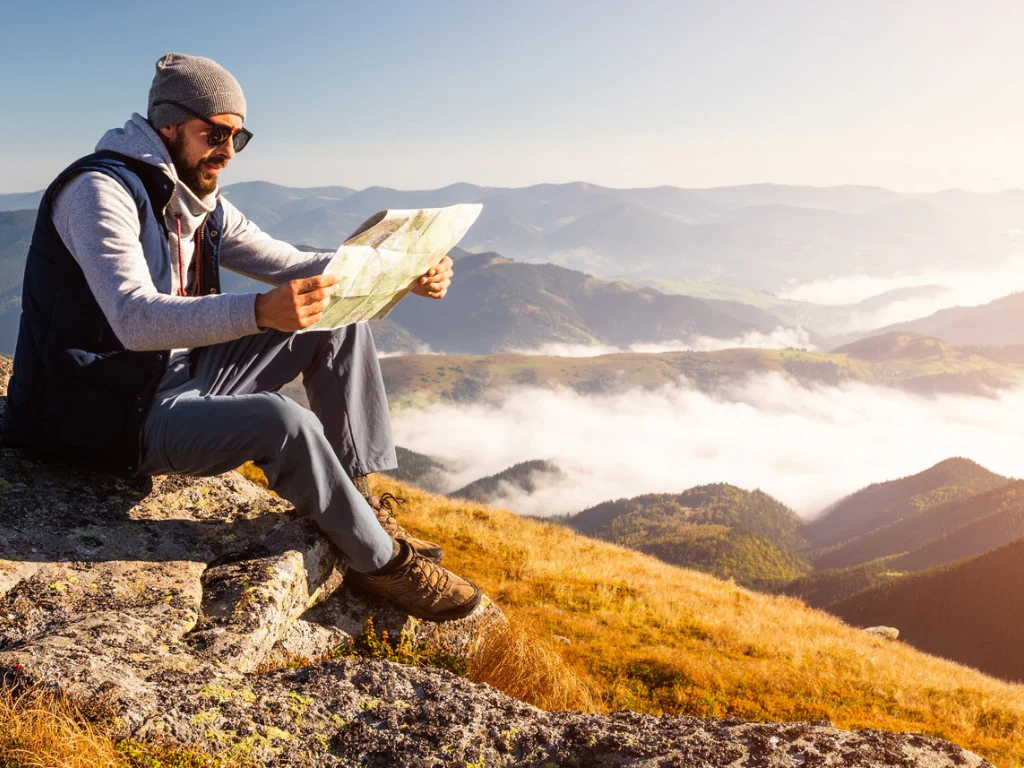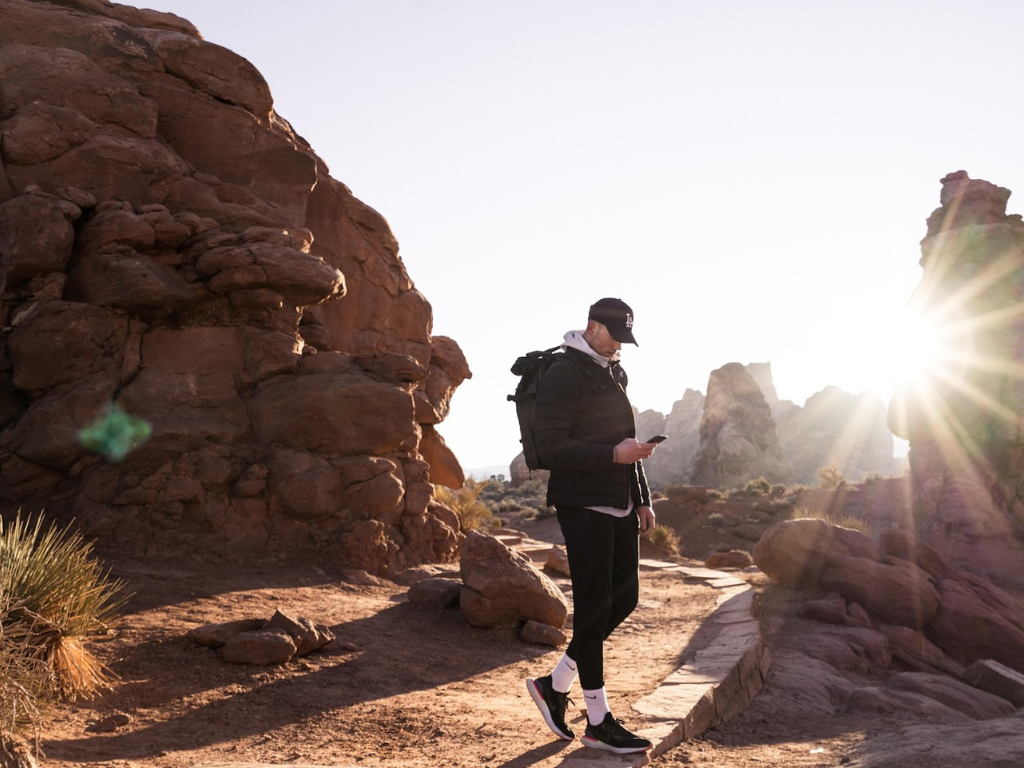
Embarking on an outdoor adventure can be exhilarating, but without the right knowledge and preparation, it can quickly turn perilous. This comprehensive guide covers the essential safety rules every adventurer should know, from planning your trip to navigating the wilderness safely. By following these guidelines, you can ensure that your thrilling experience in the great outdoors is both enjoyable and safe.
Pre-Trip Preparation
Start your preparation by gathering detailed information about your destination. This includes understanding the terrain you will encounter, whether it's mountainous trails, dense forests, or coastal paths. Look into the typical weather conditions for the time of year you plan to visit, as weather greatly influences the gear you'll need to carry. Websites like the National Park Service provide in-depth guides and updates on trail conditions, closures, and wildlife activity. Additionally, local hiking clubs and online forums can be excellent resources for up-to-date information and first-hand accounts from other travelers.
Selecting the Right Gear
Equipping yourself with the right gear is a cornerstone of any successful outdoor adventure. Whether you're planning a short hike or a prolonged expedition, the quality of your equipment can greatly influence both your safety and comfort. Here’s how to select the best outdoor equipment tailored to your needs.

Choosing a Durable Backpack
A reliable backpack is your primary means of carrying all other essential gear, so it's important to choose one that's durable, comfortable, and suited to the length and type of your trip. For most day trips or short adventures, a backpack like the 14er Tactical Backpack is ideal. It’s designed to withstand harsh conditions and provides ample space with organized compartments for easy access to your equipment. Its robust build ensures that it can handle the rigors of outdoor activities without failing.

Packing an IFAK Pouch
Safety is paramount, and having a well-prepared Individual First Aid Kit (IFAK) can be a lifesaver. The 14er IFAK Pouch is compact and easy to attach to your backpack, providing quick access to essential first aid supplies. It’s crucial to customize your IFAK contents based on the nature of your trip and personal medical needs, including items such as bandages, antiseptics, pain relievers, and specific medication if required.
Navigation Skills
Maps are timeless navigational tools that offer reliability unmatched by electronic devices, which can fail due to low batteries or poor signal. A detailed topographic map provides a wealth of information about the terrain, elevations, water sources, and landmarks. Learning to read these maps is an essential skill every adventurer should master. Consider taking a map reading course or attending workshops, which are often available through local hiking clubs or community colleges.
And while GPS devices provide convenience and real-time location tracking, they should not be relied upon solely. Always carry a physical map and a compass as backups. When selecting a GPS device, look for models that are waterproof, have long battery life, and provide detailed mapping capabilities. Learn how to use your device thoroughly before your trip; understanding its features and limitations can make a significant difference in navigation accuracy.
Practical experience is key to mastering navigation skills. Regularly practice using both your map and GPS on shorter, local hikes before depending on them in unfamiliar or challenging environments. This practice helps reinforce your skills and builds an intuitive sense for orientation, which can be crucial in emergency situations.
Weather Awareness
Weather can be one of the most unpredictable elements of any outdoor adventure, especially in mountainous regions where conditions can shift without warning. To stay safe, it’s essential to regularly check weather updates before and during your trip. The National Weather Service (NWS) provides reliable and up-to-date weather forecasts that are critical for planning. Additionally, utilize mobile weather apps like Weather Underground or The Weather Channel that offer real-time alerts and can be lifesavers when you're out in the field.
Packing appropriately for sudden weather changes is equally important. Always include emergency shelters, such as lightweight tents or bivy sacks, in your gear. Understanding how to prevent and treat hypothermia is vital, particularly in cold environments. Layering your clothing to manage moisture and retain heat, and knowing the signs of hypothermia, can make a crucial difference. Educational resources from the Centers for Disease Control and Prevention (CDC) offer guidelines on how to recognize and respond to hypothermia, ensuring that you are prepared to handle this dangerous condition should it arise.

Emergency Procedures
Having basic first aid knowledge is not just helpful; it's potentially life-saving. To ensure you are well-prepared for any medical emergencies that might occur while exploring the outdoors, consider taking a first-aid certification course. Organizations like the American Red Cross offer comprehensive training that covers everything from CPR to treating sprains and managing wounds. These skills are invaluable in the wilderness, where professional medical help may not be immediately accessible. You can find a course near you on the American Red Cross website.
In addition to knowledge, a well-stocked first-aid kit is essential for any outdoor activity. Your kit should include items such as bandages, antiseptic wipes, gauze, adhesive tape, scissors, tweezers, pain relievers, and any personal medications. More importantly, make sure you know how to use each item effectively. Practice with these materials before your trip, as familiarity can greatly enhance your ability to respond efficiently in an actual emergency. For guidance on what to include in your first-aid kit and how to use each item, the Mayo Clinic offers a helpful resource.
Wildlife Safety
When adventuring in the great outdoors, encountering wildlife is not only possible but likely. Educating yourself about the types of animals you might come across is crucial for ensuring both your safety and the welfare of the animals. Before heading out, research the wildlife native to the area you will be visiting. This information can often be found on the website of the National Park Service or local wildlife conservation sites, which provide detailed descriptions of habitat and behavior, as well as safety tips for each species.
Proper food storage is essential in preventing unwanted encounters with animals, particularly bears. Use bear-proof containers to store your food and other scented items securely. These containers are specially designed to withstand attempts by bears to open them and can be a crucial barrier between wildlife and your campsite. Additionally, familiarize yourself with the local regulations regarding food storage, as many parks have specific requirements to enhance safety for both visitors and wildlife.
Knowing how to use bear spray effectively is another vital skill for safety in bear country. Bear spray should be readily accessible, not buried in your pack, and you should know how to deploy it quickly in case of an encounter. Practice with an inert can to get the feel of it, without the actual spray. For guidelines on proper use, the National Park Service offers resources and recommendations on their website, ensuring you are prepared to use it safely and effectively. These measures, combined with a respectful attitude towards wildlife, can help prevent dangerous situations and ensure a safer outdoor experience for everyone involved.
Fire Safety in the Outdoors
When camping or exploring the outdoors, the ability to responsibly manage a campfire is vital for environmental safety and compliance with local regulations. Always build fires only in designated areas to prevent the spread of wildfires, and be sure to completely extinguish your fire before leaving the site. Smokey Bear's official website and resources from local fire departments offer comprehensive fire safety education, including how to properly start, maintain, and extinguish a campfire. These guidelines help ensure that your use of fire in the wild is both safe and environmentally conscious, preventing the destructive impacts of wildfires and preserving natural habitats.
Environmental Conservation
Practicing the Leave No Trace principles is essential for minimizing your environmental impact while enjoying the natural world. These principles guide you on how to behave responsibly in nature, including disposing of waste properly, respecting wildlife by observing from a distance, and being considerate of other visitors by minimizing noise and disturbance. The Leave No Trace Center for Outdoor Ethics provides a wealth of resources and educational tools to help you understand and implement these practices. By adhering to these guidelines, you ensure that the natural areas remain beautiful and undisturbed for future generations to enjoy, fostering a sustainable relationship between humans and the environment.

Hydration and Nutrition
Proper hydration and nutrition are crucial for sustaining energy and ensuring safety during any outdoor adventure. It's important to carry sufficient water for the duration of your trip, and always have a contingency plan in case your supply runs low. Water purification tablets or portable filters are essential tools, allowing you to safely use natural water sources without the risk of illness. Alongside hydration, packing the right types of food can make a significant difference in your energy levels and overall well-being. Opt for nutrient-dense, lightweight options like nuts, dried fruits, and energy bars. These foods provide sustained energy without weighing down your pack, making them ideal for hikers and backpackers. Combining these strategies ensures that you remain hydrated and well-nourished, enabling you to enjoy your adventure to the fullest and tackle any challenges that come your way.
By adhering to these golden rules of adventure safety, you not only prepare yourself to face the diverse challenges of the great outdoors but also enhance your ability to enjoy these experiences safely and responsibly. Remember, the ultimate goal of any adventure is to return home safely, carrying with you the enriching memories of your journey. To achieve this, it's essential to equip yourself appropriately, plan your expedition thoroughly, and always show respect for the natural environment. By doing so, you set the stage for a lifetime of rewarding and sustainable adventures, ensuring that the wild places you love remain pristine for future explorers.


